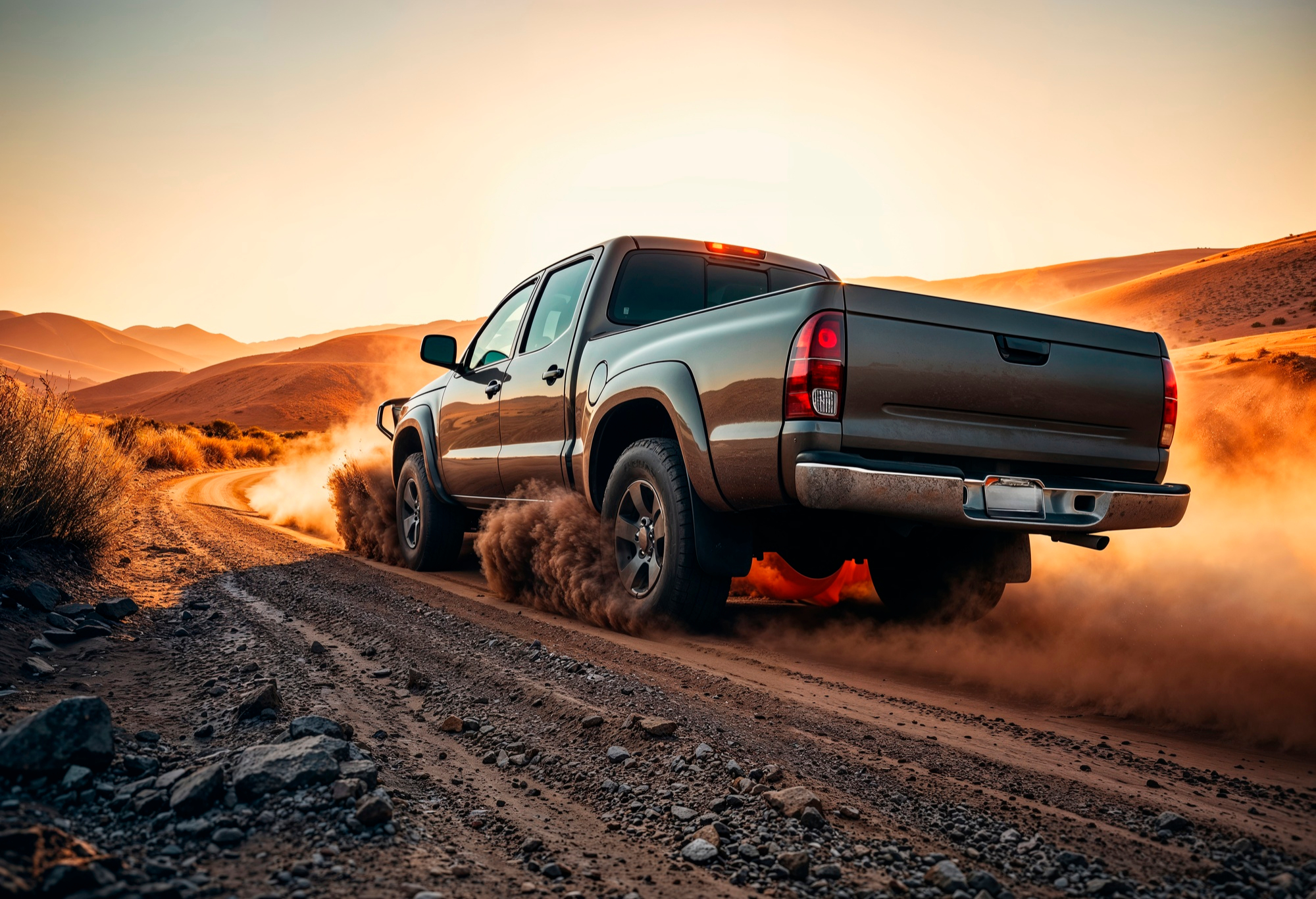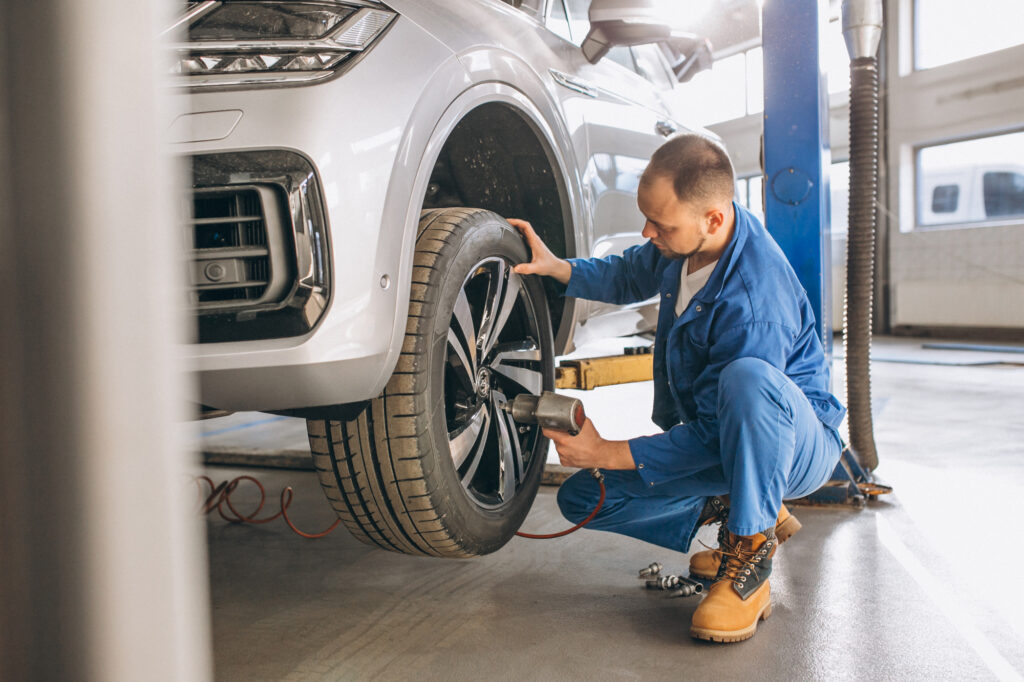
AT vs HT Tyres: Which Ones Truly Suit Kiwi Roads?
If you drive around New Zealand long enough, you’ll hit every sort of road you can imagine—tight city lanes, long sealed roads…

When it comes to buying new tyres, one question often pops up: Where should I put my new tyres—on the front or the back? If you’re scratching your head over this, don’t worry. Let’s break it down into bite-sized info so you can make the safest choice for your car.
Tyres are the only part of your car that touch the road. Because of this, their condition is super important for your safety. When you put new tyres in the right spot, you’re helping maintain control of your car—especially in tricky situations, like wet or slippery roads.
The general rule? Always put new tyres on the back axle. It doesn’t matter if your car is front-wheel drive or rear-wheel drive, the new tyres go on the back. Why? Because fresh tyres give your car more grip, which helps prevent the back of your car from sliding out of control (this is called oversteering). Better stability at the rear means you’re safer and your car stays under control.
When you’re replacing just two tyres, it’s important to remember that the new tyres should always go on the rear wheels, no matter whether your car is front-wheel drive or rear-wheel drive. The reason is simple: new tyres provide better grip and having them at the rear helps maintain the stability of your vehicle.
This ensures the rear stays balanced, reducing the risk of losing traction and oversteering. Proper placement is essential for preventing control issues, even with front-wheel drive cars. Here’s why:
Ever notice that your front tyres seem to wear down faster than the rear ones? It’s not your imagination. Here’s why: front tyres do the heavy lifting. They steer, brake, and carry the weight of the engine if it’s a front-wheel drive car. All of this puts a lot of pressure on the front tyres, which makes them wear out faster than the rear ones.
It’s completely normal for the front tyres to wear faster. Just remember to rotate them regularly to ensure even wear.
Typically, front tyres wear out faster because they:
We all know tyres don’t last forever, but what makes them wear out faster than they should? Here are a few culprits to watch out for:
Improper tyre pressure: Overinflated or underinflated tyres can wear unevenly.
Misaligned wheels: Incorrect alignment causes uneven tread wear on specific parts of the tyre.
Driving habits: Hard braking and quick acceleration put more stress on the tyres.
Road conditions: Potholes and uneven roads can accelerate wear.
Lack of rotation: Failing to rotate your tyres regularly can result in uneven wear between front and rear tyres.
Looking after your tyres doesn’t have to be complicated. A few simple steps can make them last longer, save you money, and keep you safe. Here’s how you can make them last longer:
Check tyre pressure regularly: Properly inflated tyres wear evenly and perform better. Check your pressure monthly or before long trips.
Rotate your tyres: Swap the front and rear tyres every 10,000 km (or as recommended in your vehicle manual). This evens out wear.
Get wheel alignments: If your car pulls to one side or your tyres wear unevenly, it’s time to check your alignment.
Drive gently: Avoid slamming brakes or taking sharp turns at high speeds.
Inspect tread depth: Use the “20c coin test” to ensure your tyre tread meets safety standards.
Taking care of your tyres isn’t just about saving a few bucks—it’s about your safety too. Whether you’re putting new tyres on the front or back, make sure you’ve got them in the right place for better control. Check your tyre pressure, rotate your tyres, and pay attention to alignment issues. With these simple steps, you’ll keep your tyres in top shape, save money in the long run, and stay safe on the road.
Happy Motoring!

If you drive around New Zealand long enough, you’ll hit every sort of road you can imagine—tight city lanes, long sealed roads…

When you’re off the beaten track in the backblocks of New Zealand, a flat tyre can turn a great mission into a real hassle…

Ever tried to start your car on a frosty winter morning and wondered why it sounds like it’s still half asleep? You’re not alone…
Ecommerce Website Design & Development by Digital Refinery